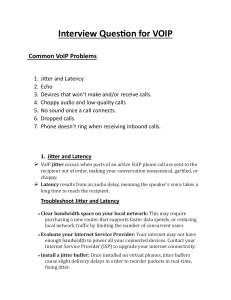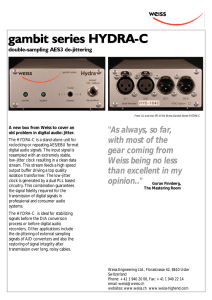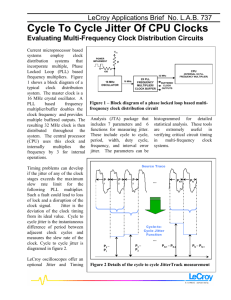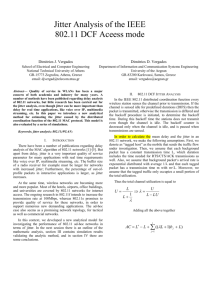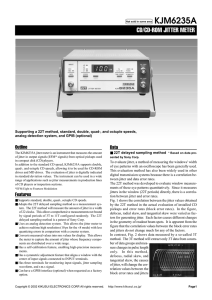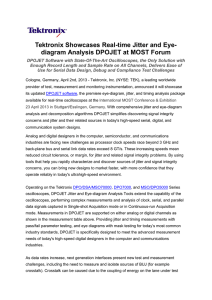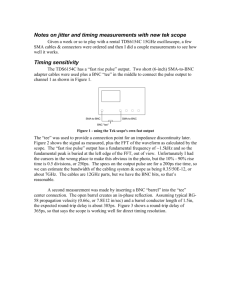LAB 4: Read the lab instructions. The link to the instructions is
advertisement
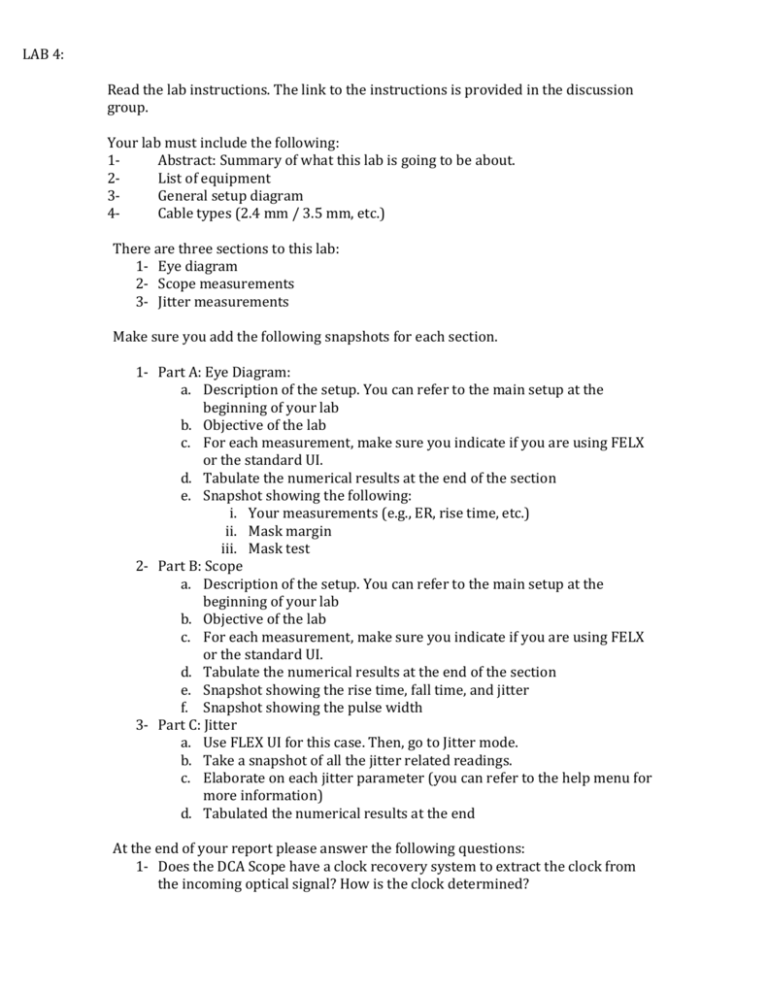
LAB 4: Read the lab instructions. The link to the instructions is provided in the discussion group. Your lab must include the following: 1Abstract: Summary of what this lab is going to be about. 2List of equipment 3General setup diagram 4Cable types (2.4 mm / 3.5 mm, etc.) There are three sections to this lab: 1- Eye diagram 2- Scope measurements 3- Jitter measurements Make sure you add the following snapshots for each section. 1- Part A: Eye Diagram: a. Description of the setup. You can refer to the main setup at the beginning of your lab b. Objective of the lab c. For each measurement, make sure you indicate if you are using FELX or the standard UI. d. Tabulate the numerical results at the end of the section e. Snapshot showing the following: i. Your measurements (e.g., ER, rise time, etc.) ii. Mask margin iii. Mask test 2- Part B: Scope a. Description of the setup. You can refer to the main setup at the beginning of your lab b. Objective of the lab c. For each measurement, make sure you indicate if you are using FELX or the standard UI. d. Tabulate the numerical results at the end of the section e. Snapshot showing the rise time, fall time, and jitter f. Snapshot showing the pulse width 3- Part C: Jitter a. Use FLEX UI for this case. Then, go to Jitter mode. b. Take a snapshot of all the jitter related readings. c. Elaborate on each jitter parameter (you can refer to the help menu for more information) d. Tabulated the numerical results at the end At the end of your report please answer the following questions: 1- Does the DCA Scope have a clock recovery system to extract the clock from the incoming optical signal? How is the clock determined? 2- What type of information can be extracted from the eye diagram? 3- When we enable the internal filter of the scope, what happens? a. What is the bandwidth of the filter? b. How many filter settings we have? c. Show the eye diagram with and without the filter (snapshot) d. You may want to do some investigation on the internal filter. Use the device part number and do a Google search. 4- When you measure the jitter on the rising time of a signal, can it be used as the total measured jitter? What is the difference between this measurement and when you measure the jitter in JITTER MODE? 5- Explain exactly the difference between 2^7-1 and 2^10-1 patterns. How many times each pattern is being repeated? What is the length of the pattern in each case? 6- What are SCPI commands? What are they used for?

